
Barbells are a fundamental piece of fitness equipment, primarily used for resistance training and weightlifting. Comprising a straight metal bar with sleeves at both ends to hold weight plates, barbells allow for balanced, symmetrical workouts. They come in various types including standard, Olympic, and specialty barbells, each serving different purposes and training styles.
Known for their versatility, barbells can be used for a range of exercises, targeting multiple muscle groups and enhancing overall strength and fitness.
Using barbells effectively hinges on mastering the proper form. Start by standing upright and gripping the barbell with both hands. Your palms can face towards or away from your body, depending on the specific exercise. Whether you’re performing a push, pull, or lift movement, ensure your core is engaged and your back remains straight. Remember, your muscles, not momentum, should drive the movement.
Barbells are employed in a wide array of exercises and fitness routines. They are excellent tools for building muscle mass, improving muscle tone, enhancing cardiovascular fitness, boosting balance, and aiding in weight loss. The list of exercises you can do with barbells is extensive, with examples including bench presses, deadlifts, squats, and overhead presses.
Barbells come in varying shapes, with the most common being straight. However, you’ll also find specialty barbells, such as the EZ curl bar and the trap bar, which have unique shapes designed for specific exercises.
Fixed barbells have a set weight that cannot be altered, while adjustable barbells allow you to modify the weight according to your needs. This versatility makes adjustable barbells a space-efficient choice.
The cost of barbells can vary significantly, depending on their type, material, weight, and the brand. Adjustable barbells might carry a higher initial cost, but they offer a range of weights in one practical set.
Barbells can seem costly due to the materials used in their construction, the manufacturing process, and the shipping costs for such heavy items. However, they are durable and can provide a lifetime of fitness benefits, which justifies the cost.
The appropriate barbell weight for you depends on your fitness level and the specific workout you’re performing. Beginners should start with lighter weights and gradually increase as their strength improves. For strength training, choose a weight that challenges you but still allows you to complete your sets with proper form. Always remember, it’s not about lifting the heaviest weight possible, but about executing exercises in a safe and correct manner.
Iron: Many dumbbells are made from iron because of their high density and durability. Iron dumbbells can be coated with other materials to improve grip and prevent rusting.
Rubber or Urethane Coated: Some dumbbells are iron or steel weights coated with rubber or urethane. This coating provides a softer surface that can reduce noise, prevent damage to floors or other equipment, and offer a comfortable grip.
Neoprene: Neoprene dumbbells are often used for light weights and aerobic workouts. They are iron weights coated with a thick layer of neoprene, providing a comfortable grip and adding a splash of colour to your workout gear.
Adjustable Dumbbells: These dumbbells are usually made from a mix of materials, including iron and plastic. The weight plates are typically iron, and the handle and locking mechanisms are often made from durable plastic or metal.
Chrome Dumbbells: These are made from solid steel and then chrome plated for a shiny and appealing look. They are often used in rehabilitation and physiotherapy centres.
Vinyl Dumbbells: These are iron weights covered in a layer of vinyl. They are comfortable to hold and are often used for light weightlifting and aerobic exercises.
The type of dumbbell you choose will depend on your specific workout needs, budget, and personal preference. It’s always a good idea to try out different types of dumbbells at a gym or fitness store to see which ones feel the best in your hands.
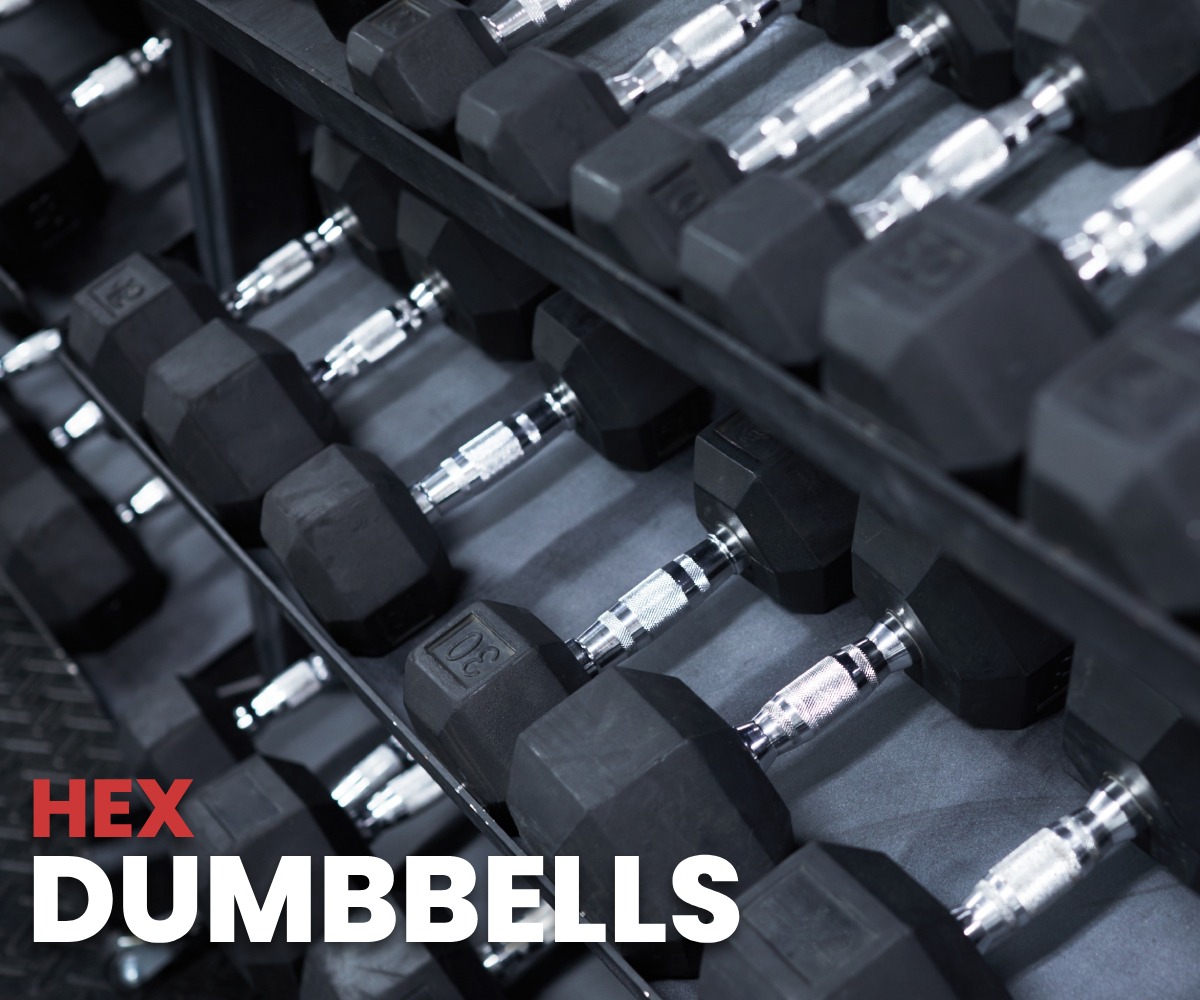
Hex Dumbbells, known for their unique hexagonal shape, are versatile and user-friendly, perfect for a variety of strength-training exercises. They are generally coated with a rubber or urethane layer for added durability and protection. The distinct shape keeps them stable on the ground, ensuring they won’t roll away during your workout sessions.
Advantages:
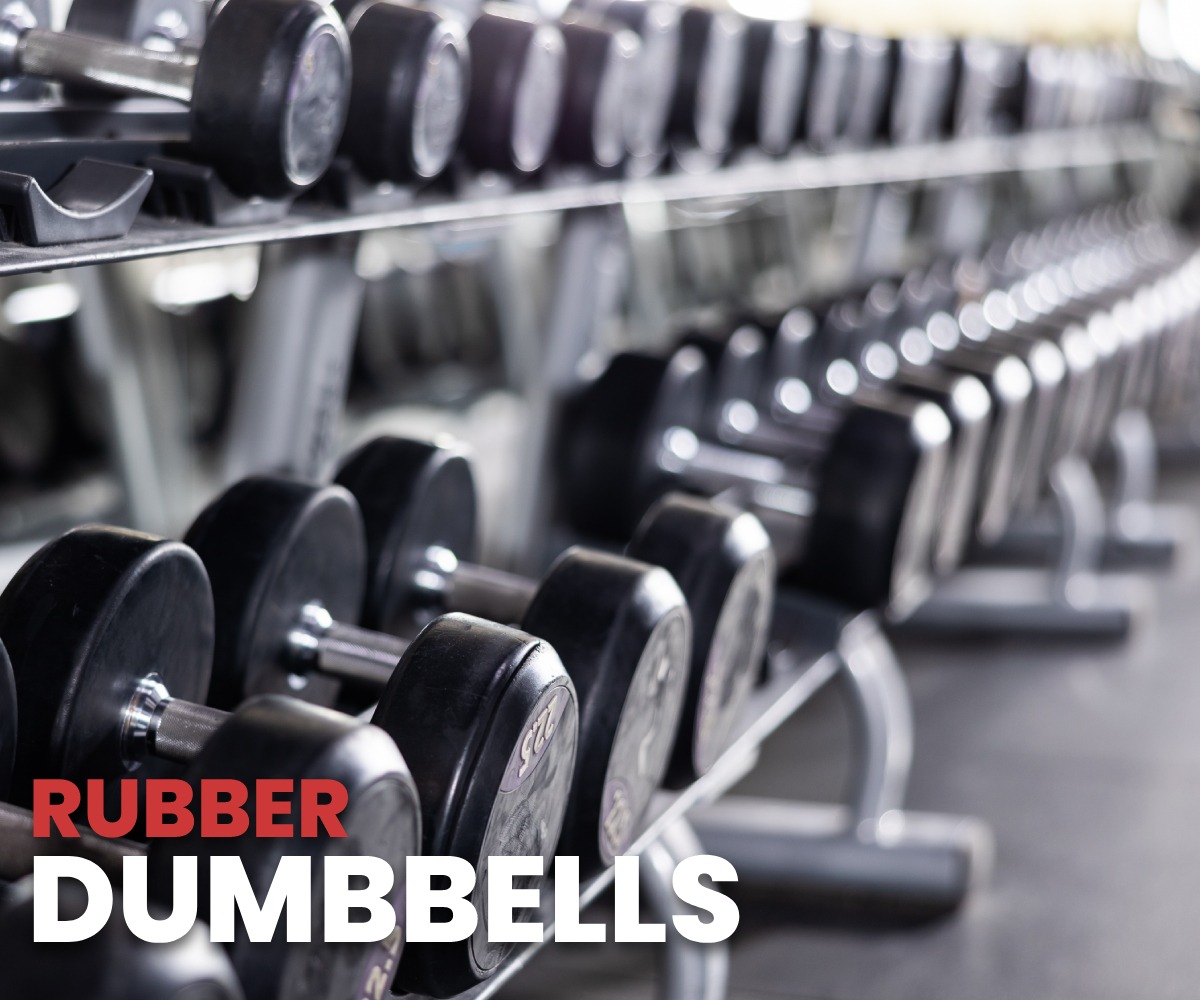
Rubber Dumbbells are an excellent choice for both home and commercial gym use. Their rubber coating reduces noise, prevents floor damage, and offers a comfortable, secure grip. They come in a variety of shapes, sizes, and colors, allowing customization for your fitness routine.
Advantages:
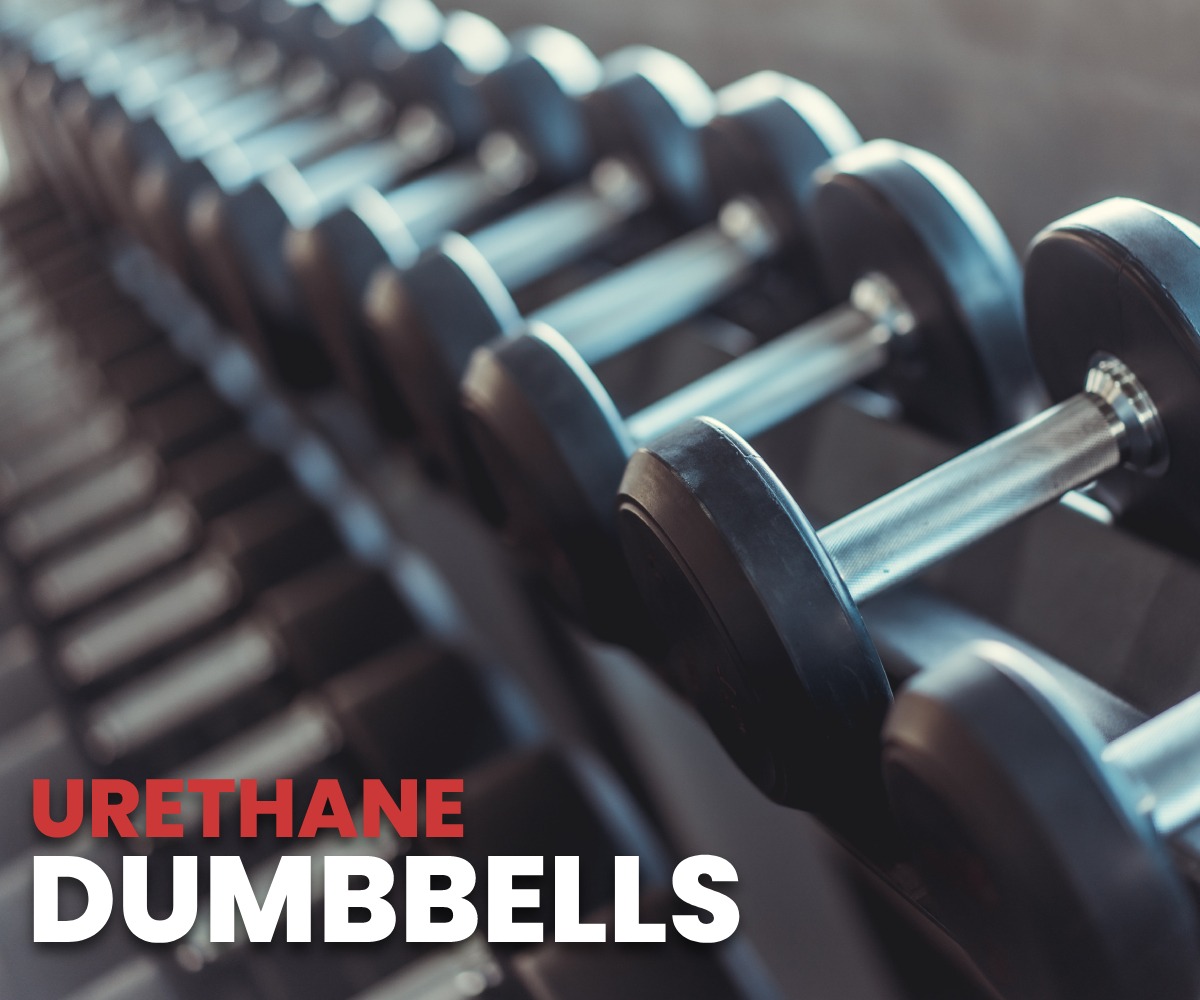
Urethane Dumbbells represent the pinnacle of design and functionality in weight training equipment. They have a hard-wearing urethane coating that withstands vigorous workouts, resisting scratches, and scuffs. Urethane also retains its colour and sheen over time, keeping your dumbbells looking new for longer.
Advantages:
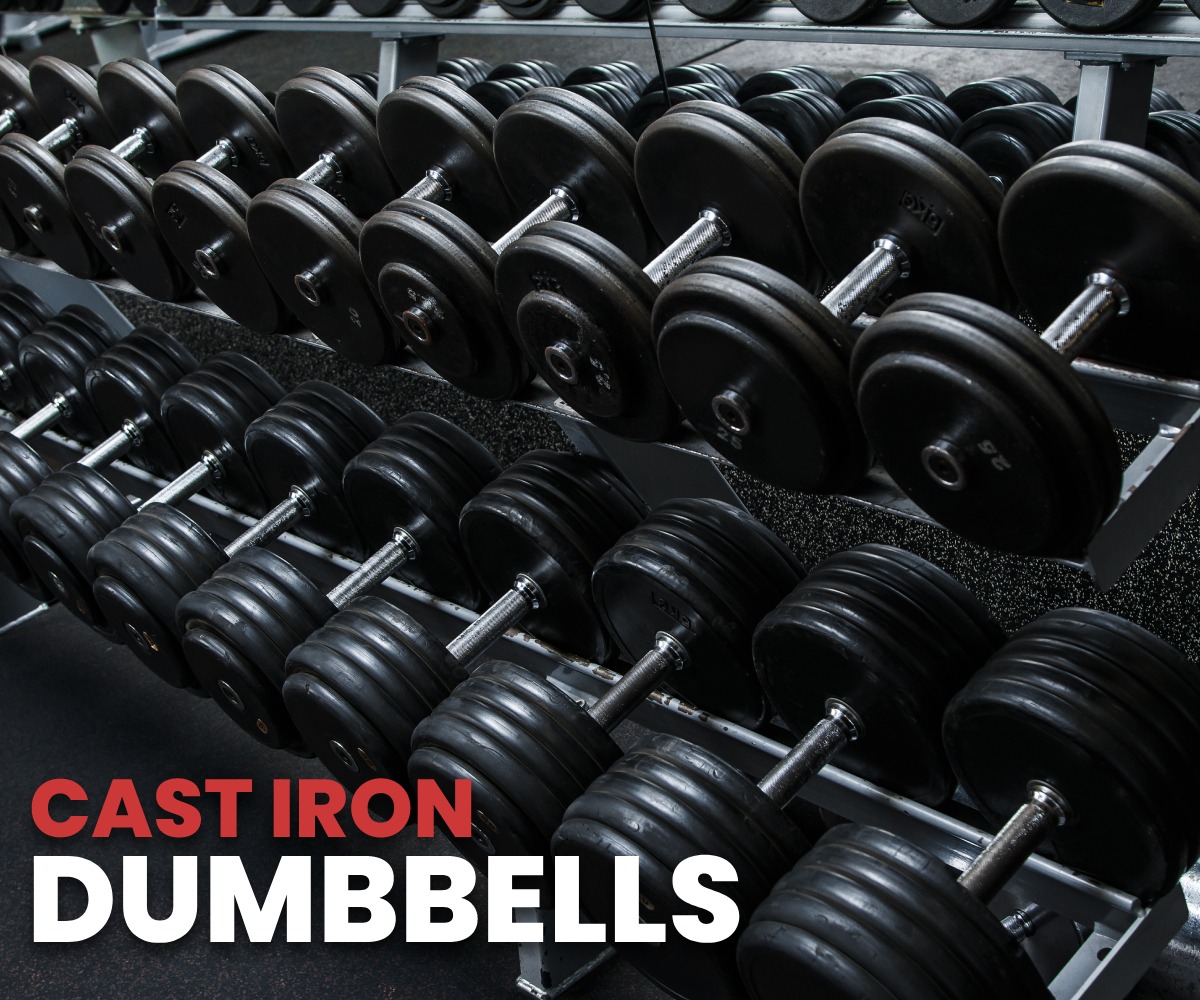
Cast Iron Dumbbells deliver a classic, raw workout experience. Known for their high durability, these dumbbells can last for decades with proper care. Their uncoated surface provides a robust grip, offering a traditional and authentic strength training experience.
Advantages:
Store barbells in a cool, dry spot, ideally on a rack. This protects them from damage and keeps your training area tidy.
Clean your barbells regularly with a mild cleaner and cloth, focusing on the knurled areas. Always dry them thoroughly to avoid rust.
Inspect barbells often for wear or damage, especially around the sleeves and the knurling. Address any issues promptly to prevent further damage or potential injury.
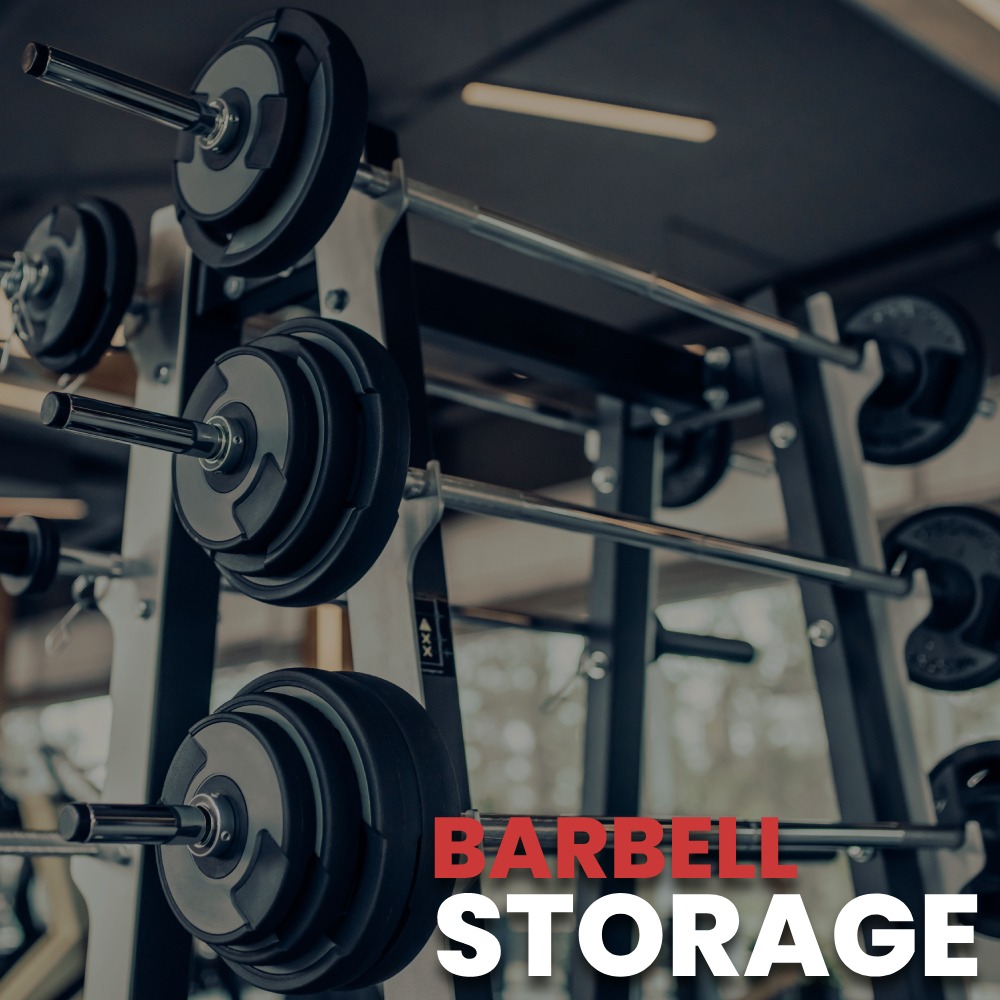

82 Roman Way Industrial Estate
Preston
PR2 5BE
United Kingdom
Registration Number: 3349377
VAT Number: 628894877